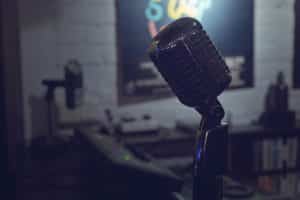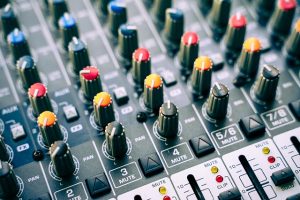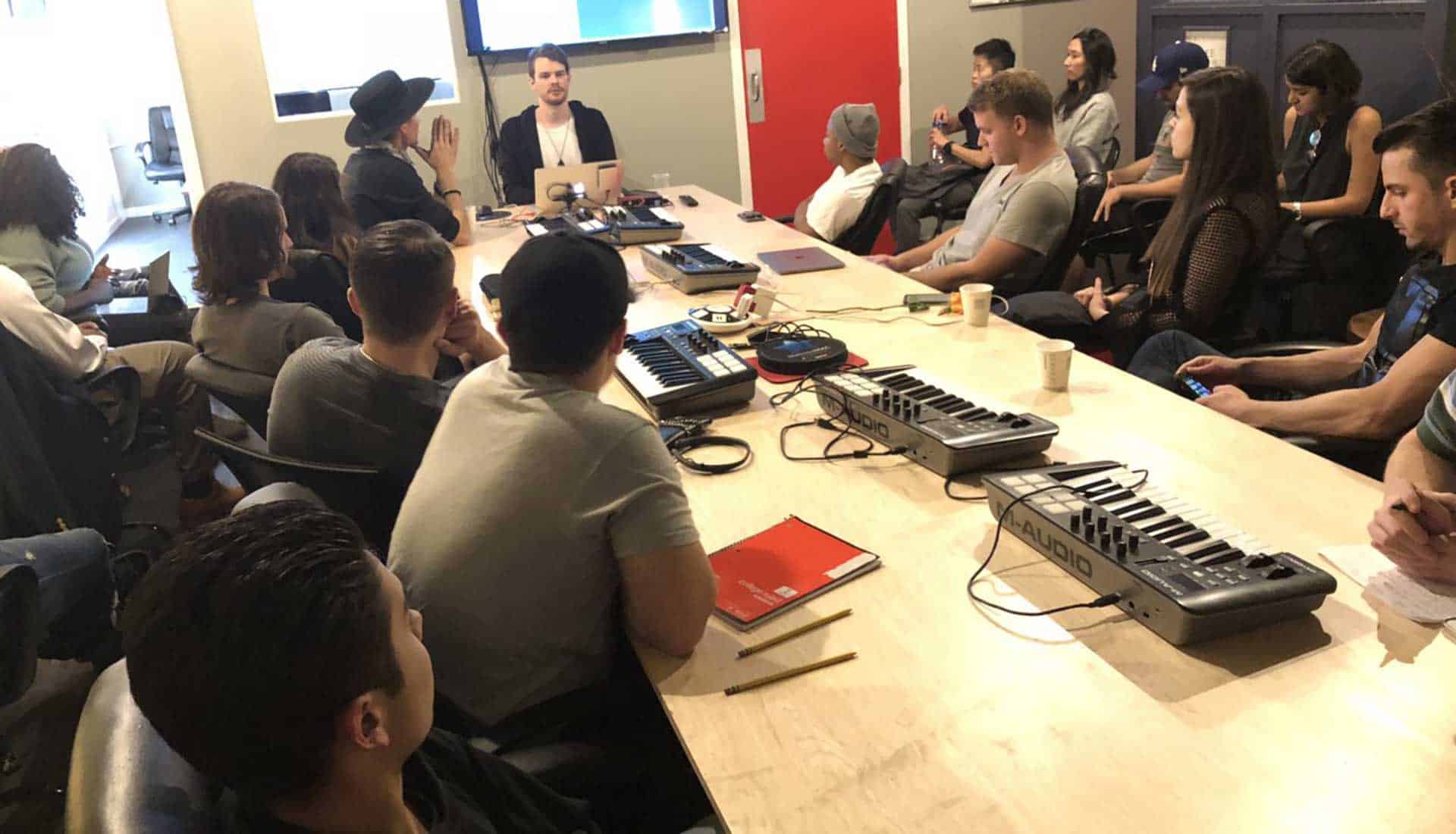DIY Home Recording Studio Tips
As early as 2010, if you wanted to put together an album you were pretty much forced to shell out cash to a local recording studio. Or, even worse, you pretty much needed a record deal with a label of some sort. Needless to say, this has all changed a lot, not only has recording at home become incredibly possible, it’s even become the norm. There’re plenty of major artists and professional musicians who record from a home studio. While recording at home can be a great entryway into the music industry, there are still a few things you need to keep your eye on when starting up your at-home recording session, so here are a few DIY home recording studio tips.
Beware of Room Noise

Room noise is typically defined by a very thin echoey noise on a voice, it tends to happen when the microphone is a bit too far from the mouth of the vocalist.
Your vocalist wants to be in a place that’s close enough to where their voice is the loudest thing that the microphone will pick up. That being said, they can’t be too close that it happens to overload and kill the sound. If they’re too close, you’ll find a distinct buzz sound. Reducing room noise is one of our most important DIY home recording studio tips.
Look Out for Uneven Vocals
Lead vocals tend to be dynamic, to phrase it another way, they are supposed to have various touches — loud, soft and then fast then slow.
However, new producers and engineers can come into trouble figuring out the dynamic nature of the voice. For starters, you must understand the song, as well as have an idea of where the vocals will be changing their stylings. This can make sure that the soft parts won’t get buried within the mix.
The lead vocals are typically dynamic, in other words, there is supposed to be loud and soft parts, fast and slow portions of vocals.
Too Much Compression
Compression tends to be a great thing, however, like most, it can easily turn into something bad. Novice producers have a tendency of using compression a bit too much. Two of the most common signs of over-compressing a track is sibilance along with pumping. Cramming your vocal levels leads to exaggeration of any “s” sounds within your mix. As you might realize, that will cut through everything audible. The best rule of thumb for compression is that a little compression truly does go a long way.
Unbalanced Bass & Treble (and more)

While the bass is obviously the lows, and the trebles as you know are the highs, there’s an incredibly intricate spectrum between the two: low mids, mids, high mids, and so forth.
Sometimes unbalance isn’t your mix, but sound waves crashing into objects in your bedroom.
However, this can be dealt with in your mix. Ensure that you’re making numerous mixes of a track and also play them out on few systems: your car, home speakers, computer, etc… This can ensure a balanced mix.
Other Things to Look Out For
If you’re looking to improve your home studio, or you’re just starting out, the above are some most common issues. However, here are some other topics that will ensure that your recording is a success.
Poor vocal technique.
Over-done reverb.
Too much auto-tune.
Timing problems.
Outside noise.
Poor quality microphones.
These are just a few issues that can plague your home recording, however, remember, home recording is a process and a journey. Try new projects, genres, styles — and be sure to consistently grow and evolve as a producer and artist, and we hope our DIY home recording studio tips help!
Not only do we go in-depth on our EMP and SMP music production diplomas, we have a field trip to Clearlake Recording Studios.

